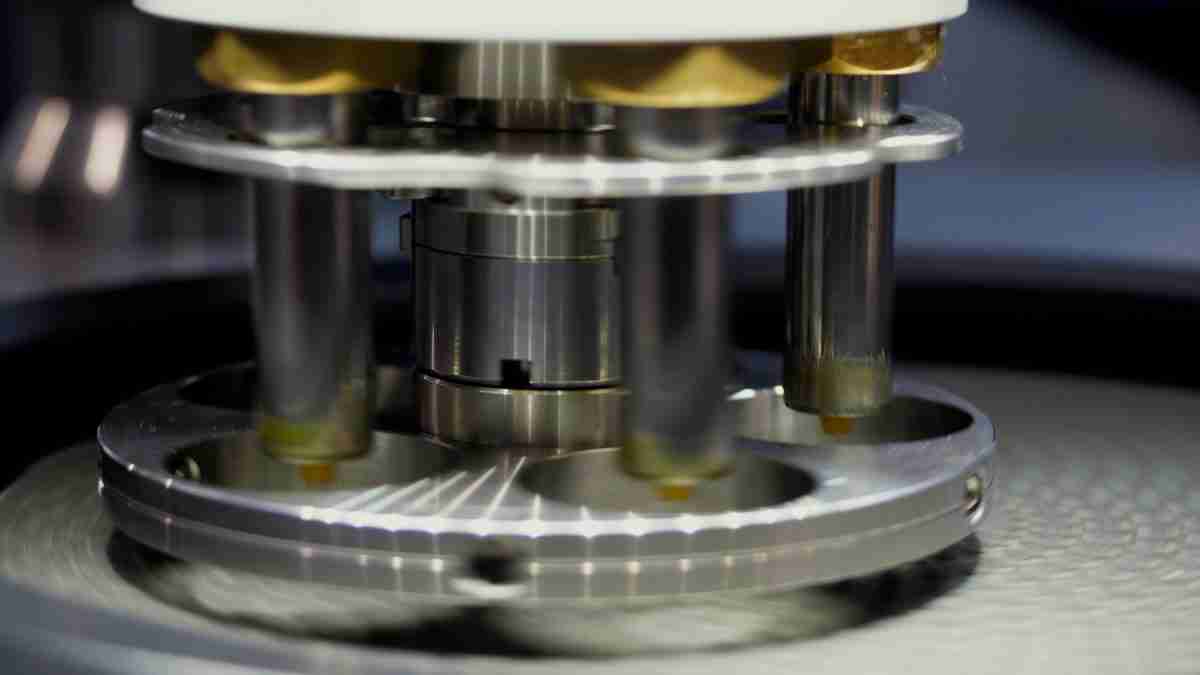Nanotechnology is the application of scientific knowledge to manipulate and control matter in the nanoscale to make use of size- and structure-dependent properties and phenomena distinct from those associated with individual atoms or molecules or with bulk materials. The term ‘nanoscale’ is defined as 1 to 100 nanometres (nm) inclusive.
Size of the nanoscale
Just how small is ‘nano?’ In the International System of Units, the prefix ‘nano’ means one-billionth, or 10-9; therefore one nanometre is one-billionth of a metre. It’s difficult to imagine just how small that is, so here are some examples:
- A sheet of paper is about 100 000 nanometres thick;
- A strand of human DNA is 2,5 nanometres in diameter;
- There are 25 400 000 nanometres in one inch;
- A human hair is approximately 80 000 to 100 000 nanometres wide;
- A single gold atom is about a third of a nanometre in diameter;
- On a comparative scale, if the diameter of a marble was one nanometre, then diameter of the Earth would be about one metre;
- One nanometre is about as long as your fingernail grows in one second.
Scale at which quantum effects dominate
When particles are created with dimensions of about 1–100 nanometres, the materials’ properties can change significantly from those at larger scales. This is the size scale where quantum effects can rule the behaviour and properties of particles. A fascinating and powerful result of the quantum effects of the nanoscale is the concept of ‘tunability’ of properties. That is, by changing the size of the particle, a scientist can literally fine-tune a material property of interest. At the nanoscale, properties such as melting point, fluorescence, electrical conductivity, magnetic permeability and chemical reactivity can change as a function of the size of the particle.
Nanoscale gold illustrates the unique properties that occur at the nanoscale. Nanoscale gold can appear red or purple depending on the size of the particle. Gold nanoparticles interact differently with light compared to larger-scale gold particles due to quantum effects.
Scale at which much biology occurs
Over millennia, nature has perfected the art of biology at the nanoscale. Many of the inner workings of cells naturally occur at the nanoscale. For example, hemoglobin, the protein that carries oxygen through the body, is 5,5 nanometres in diameter. A strand of DNA, one of the building blocks of life, is only about two nanometres in diameter.
Drawing on the natural nanoscale of biology, many medical researchers are working on designing tools, treatments and therapies that are more precise and personalised than conventional ones. Nanomedicine formulations can be designed to deliver therapeutics directly to a specific site within the body, which can lower the dose required to achieve therapeutic effect and reduce adverse side effects. Nanomaterials are also being used to develop affordable and easy-to-use diagnostics and monitoring devices for a broad range of applications that includes glucose monitoring, pregnancy tests and viral detection. Advanced nanomaterials are used to improve chemical, physical and mechanical performance of prosthetics materials, with benefits that can include better biocompatibility, strength-to-weight ratios and antimicrobial properties to reduce risk of infection.
Other fields are also benefiting from an understanding of natural nanotechnology. Some scientists are exploring the use molecular self-assembly, self-organisation and quantum mechanics to create novel computing platforms. Other researchers are using nanomaterials to develop nature-inspired systems for artificial photosynthesis to harness solar energy. https://www.nano.gov/about-nanotechnology
Applications of nanotechnology in health products and food
Nanotechnology and products derived from nanotechnology have a wide range of applications and the potential to impact many sectors, including the health and food sectors. In the health sector, the applications of nanotechnology impact new natural health products, medical devices, drugs, drug delivery systems, regenerative medicines and diagnostic devices for improved detection and treatment of illnesses. In the food sector, nanomaterials could be used to preserve food, improve nutritional values and enhance flavours.
One of the main uses could be to deliver more vitamins and minerals through the food we eat. Nanoparticles could encapsulate vitamin supplements, which could be added to everyday foods such as bread. Essential minerals could get the same treatment, “like nano-based iron supplements that are safe and side-effect free,” says Jonathan Powell, head of biomineral research at the Medical Research Council’s Human Nutrition Research Centre in Cambridge, UK.
One has to ask the question whether natural products can be considered whole or holistic when ‘engineered’ with nanomaterials.
Although countless studies present beneficial applications, including in the health sector, could there be adverse consequences of unintended human exposure to
nanomaterial?
With the rapid growth of nanotechnology, one disclosure and two regulation could become mandatory.
We will be monitoring developments in the Natural Health Products sector. Ed


